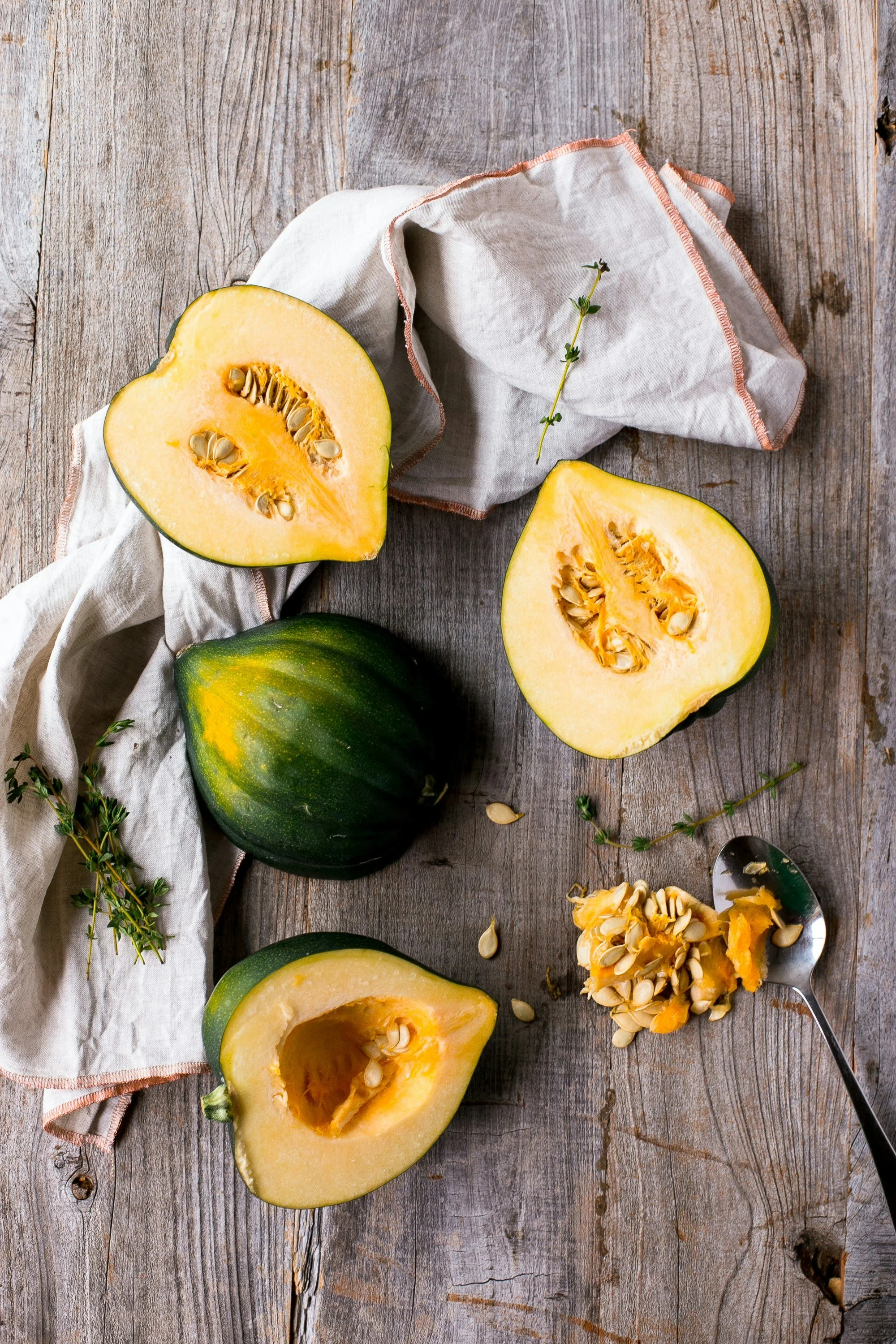How to Eat Pumpkin and Squash Seeds
At our house, the squash seeds are even more popular than the pretty orange vegetables; the kids wolf them down while waiting for dinner. Roasted squash seeds are super easy to make (and filled with overlooked nutrients), so when squash and pumpkins begin to debut in your Autumn market, let the fun begin!
The fresher and the smaller the seeds, the tastier they are to eat. My experience has been than old large carving pumpkins and late season huge hubbard squashes have pretty tough seeds. But any of the common smaller squash, like acorn or butternut, have delicious seeds, as do the smaller pumpkins that still have juicy flesh and firm rinds. Herbally, squash seeds are used to ease motion sickness, nausea, impotency, and swollen prostates. The seeds hold valuable nutrition that is commonly overlooked, being rich sources of:
Zinc - essential for immune function
Magnesium - supports the nervous system)
Omega - 3 fatty acids - brain and cardio health
I recently overheard an extended family asking their Grandma about how to eat the seeds, seems they all liked the seeds but nobody wanted to touch the squishy squash guts! Here’s what works best at our house:
Cut the squash in half. Vertically seems to leave the most seeds whole.
Scrape the insides with a large spoon, creating a smooth hollow. Enjoy the squash roasted, baked, or in your favorite recipe.
Dump all the seeds and pulp into a colander or strainer, and then either set the colander into a big bowl half-filled with water, or just position it under running water. This makes harvesting the seeds SO much easier!
Roll & rub them between your hands
Simply squish the guts between your fingers, with a rubbing or kneading motion; the seeds hide well! The goal is to separate the hard-sided seeds from all the soft squash innards. Keep pulling out the big flesh fleshy strings; the little pulp pieces conveniently wash out the colander holes.
This is a great job for the kid who delights in textures or water, and who can calmly concentrate a bit.
When done, get them mostly dry by rubbing a tea towel or paper towel through them.
In a roasting pan, drizzle lightly with olive oil, salt lavishly, and sprinkle sparingly as desired with garlic powder, blended herbs, or cinnamon.
Baked 325F for a while….yep, it’s like that. Check after 10 minutes, and stir every 5-10 after that. Adjust to your liking for chew/crunch ratio - longer is crunchier. Until it burns.
They last, but they’re best in the first few hours.


